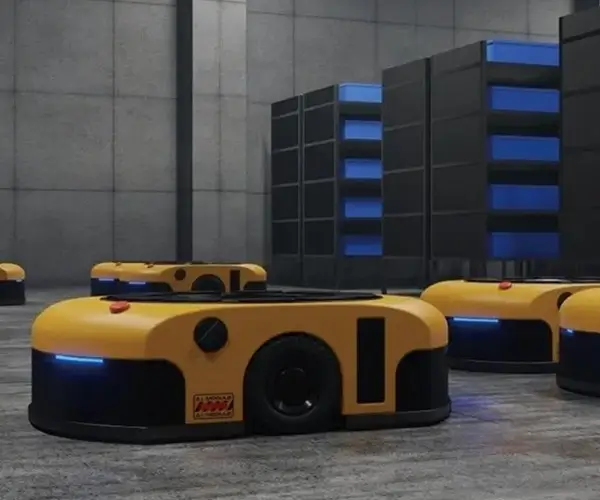Introduction: The Evolution of Motor Technology in Servo Applications
In the fast-evolving landscape of automation, robotics, and precision engineering, the demand for highly efficient, reliable, and controllable motors continues to grow. Among the forefront of these technological advancements is the brushless DC motor (BLDC), whose emergence has revolutionized servo applications across industries. Unlike traditional brushed motors, BLDCs offer enhanced performance, longer lifespans, and superior control—making them the ideal choice for demanding servo systems.

But what exactly makes brushless DC motors stand out in servo applications? To understand this, we need to explore the fundamental differences between brushed and brushless motors, the core principles of BLDC technology, and how these innovations translate into real-world benefits.
Understanding Servo Applications and the Role of Motors
Servo systems are the backbone of modern automation—used in robotics, CNC machinery, aerospace, medical devices, and more. At their core, servos convert electrical signals into precise physical movements. The motor is the heart of a servo system, providing the torque and speed necessary for accurate positioning.
Key characteristics for motors in servo applications include:
Precise position control Quick and accurate response High torque-to-inertia ratio Reliability over extended periods Cost-effectiveness and ease of maintenance
Traditional brushed motors have served well historically, but their limitations—particularly wear and tear from brushes and commutators—have prompted the industry to seek better alternatives.
The Rise of Brushless DC Motors
BLDC motors entered the scene as a response to these limitations. Their design removes brushes and commutators, which are mechanical parts subject to wear and prone to sparking, sparking that causes maintenance concerns and reliability issues.
Instead, BLDC motors rely on electronic commutation: sensors (like Hall-effect sensors) or sensorless algorithms detect rotor position, and electronic switches (such as MOSFETs or IGBTs) switch the stator currents accordingly. This design not only eliminates brushes but also provides more precise control of the motor's electromagnetic fields—turning the motor into a highly controllable and efficient machine.
Technology Behind Brushless DC Motors
At its core, a BLDC motor consists of:
A rotor with permanent magnets A stator with electromagnetic windings
When electrical current flows through the stator coils, it generates a magnetic field that interacts with the rotor magnets, producing torque. By electronically switching the current in the windings based on rotor position, the motor maintains a rotating magnetic field that continuously drives the rotor.
Modern BLDC motors incorporate advanced features:
High efficiency due to reduced electrical and mechanical losses Reduced heat generation, enabling higher power densities Compact design, saving space in intricate machinery Lower electromagnetic interference (EMI)
Advantages of BLDC Motors in Servo Systems
The transition from brushed to brushless motors offers notable benefits:
Longevity and Reliability: With no brushes to wear out, BLDCs can operate for thousands of hours with minimal maintenance. Higher Efficiency: Reduced electrical friction and improved magnetic coupling mean less energy wasted as heat. Precise Control: Electronic commutation allows for refined control over speed and position, crucial for high-precision tasks. Smooth and Quiet Operation: The absence of brushes reduces vibrations and noise, leading to smoother motion. Versatility: Suitable for a wide range of voltages, sizes, and torque requirements.
Challenges and Considerations in Deployment
While BLDCs are ideally suited for servo applications, their implementation involves some challenges:
Control Complexity: Requires sophisticated algorithms and electronic drives to operate effectively. Sensor Dependency: Sensorless designs can be more complex but reduce costs; sensor-based systems offer more accurate position feedback. Cost: Initial investment in electronic controllers is higher than traditional brushed motors but is often offset by longer lifespan and lower maintenance costs.
In the next segment, we will delve into specific applications, technological innovations, and future trends, illustrating how BLDC motors are shaping the future of servo systems across industries.
Established in 2005, Kpower has been dedicated to a professional compact motion unit manufacturer, headquartered in Dongguan, Guangdong Province, China.




































